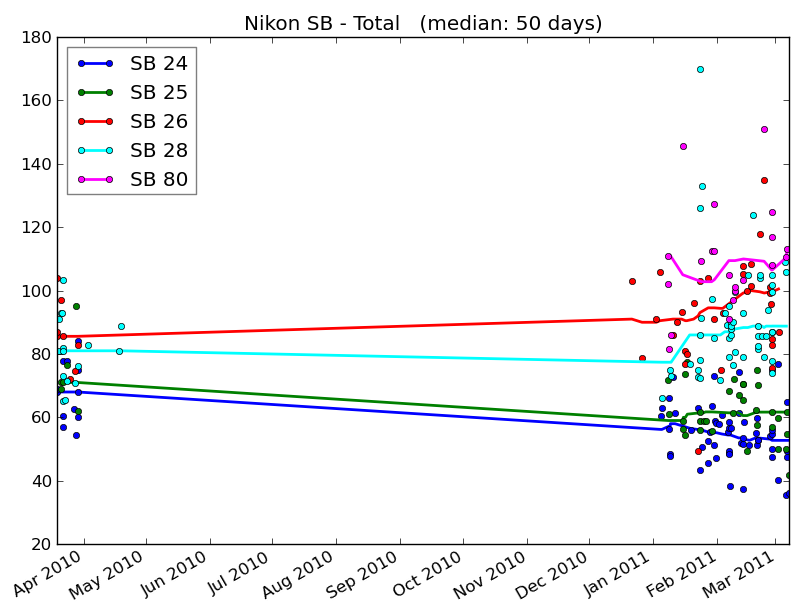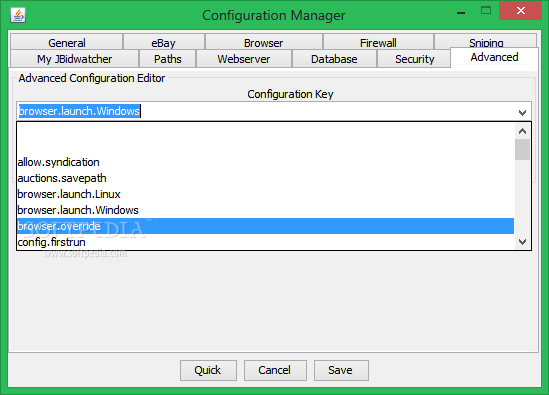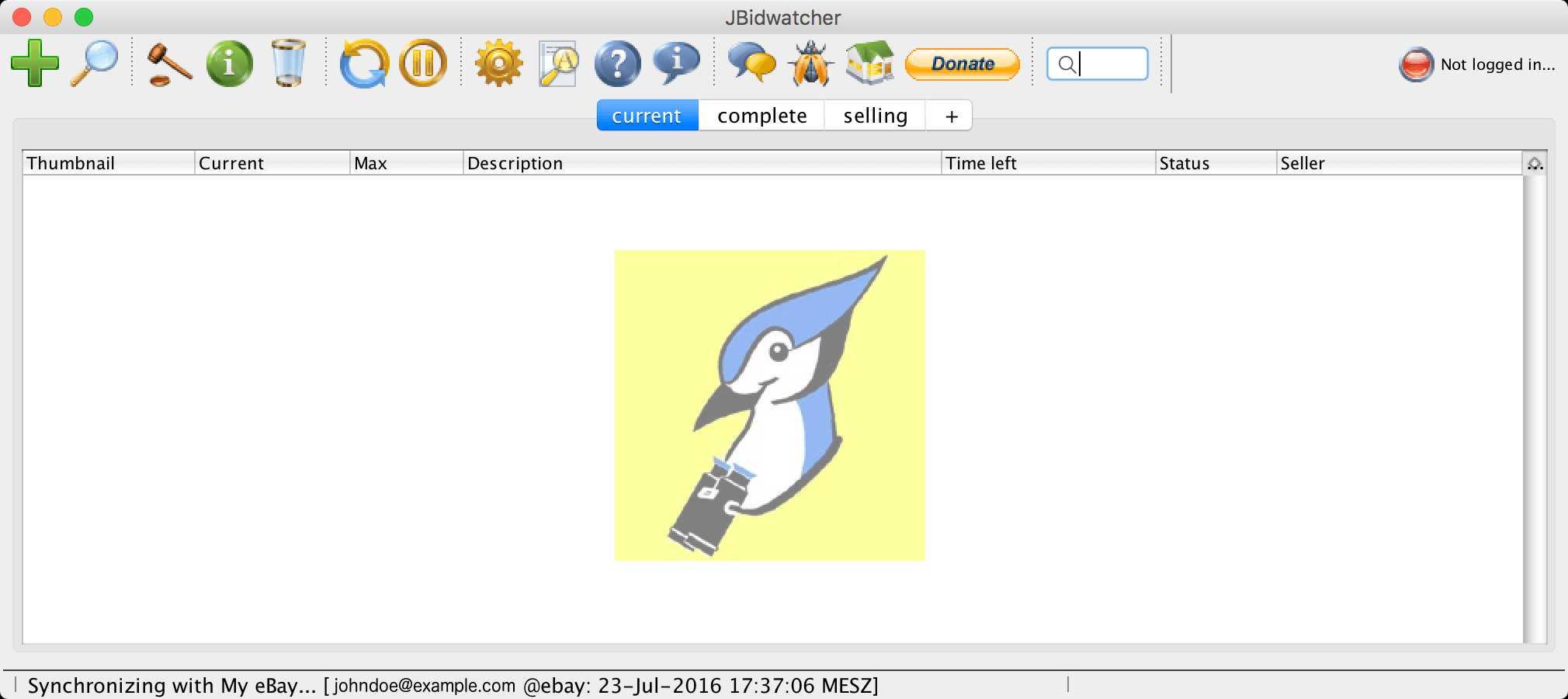

Bidders sometimes object to sniping when multiple identical items are listed as a separate lot, or on breakup auctions, where items that constitute a set are broken down and sold separately, as they must wait to find whether their maximum bid on one lot has been exceeded before being in a position to decide whether to bid on another. Non-sniping bidders may object to sniping, claiming that it is unfair to place bids at a point when it is impossible or unfeasible for other bidders to evaluate and possibly counter the bid, causing them to lose auctions even though they would have been willing to meet the winning bid amount. The ability to batch a queue of snipe bids for auctions long in advance and waiting for notification of the win without further management allows for a more efficient use of time. Increasing the number of similar or identical items bid on, reduces the attachment to winning any one of them. This is not a factor if the auction platform allows bidders to instantly withdraw their bids without reason, but many do not. Once the bidder wins the desired item, they can cancel the other scheduled snipe bids before they are actually placed in the auction system itself.

Automated bid sniping tools allow for an efficient way to bid on multiple items, up to the maximum price the bidder wishes to pay, without bidding on the actual auction platform itself and potentially winning more than one of the auctions.

Simultaneous bidding, without potentially winning multiple bids īid sniping can be used when many similar items are available at auction simultaneously, with various ending times, and a bidder only wishes to win one item. Bidding at the last moment prevents a shill bidder from pushing the auction higher, as they have no time to make the incremental bids required. The danger to the seller in this case is that the original bidder may not choose to increase their bid, leaving the seller with a futile transaction (selling the item to themselves) which will often still incur a fee from the auction service. They then hope the original bidder will increase their maximum bid even by a small amount to win the auction. Sniping closes a loophole to fraudulent practice by a shill (an agent for the seller, which may be another account of the seller) to raise the bid to the maximum. Sniping eliminates this possibility and effectively converts the auction to a Vickrey auction, the same as a proxy bidding auction except that all bids are kept secret until the close of bidding. Bidders unsure of the value of an item may incrementally increase their bid until they narrowly exceed the previously hidden maximum, thus placing themselves in a winning position without placing a very high bid. The fact that the maximum bid is revealed when it is outbid introduces the possibility of maximum bid fishing. In proxy bidding, the wise bidder must know in advance the "true" value of an item as a basis for their secret bidding limit. The auctioneer does not disclose the current maximum bid, but the second highest bid is always public. Many online auctions use proxy bidding, an iterative sealed bid auction where winners pay a fixed increment over the second highest bid. In this case, more-informed buyers may delay bidding until the last minutes of the auction to avoid creating competition for their bids, leading to a lower winning bid.Īn analysis of actual winning bids on eBay suggests that winning bidders are more likely to have placed a single bid late in the auction, rather than to have placed multiple incremental bids as the auction progresses. it is possible to gain additional information about the "true" value of the item by inspecting previous bids įor example, a novice antiques buyer may prefer to bid in auctions which already have bids placed by more experienced antiques buyers, on the grounds that the items which the experienced buyers are interested in are more likely to be valuable.One economic analysis of sniping suggests that sniping is a rational gain-maximizing (in other words, price-minimizing) strategy for bidders in auctions that fulfill two criteria: Online services claim that their use decreases the failure rate of the snipe, because they have more reliable servers and a faster Internet connection with less variation in latency, allowing the bid to more reliably be placed close to the deadline.Įxperienced bidders on online auctions with fixed ending-times often prefer entering bids late in the auction to avoid bidding wars (multiple rounds of bidders each increasing their maximum bid to temporarily regain "current highest bid" status) or bid chasing (where the presence of an existing bid encourages others to bid on the same item). 1.4 Simultaneous bidding, without potentially winning multiple bids.


 0 kommentar(er)
0 kommentar(er)
